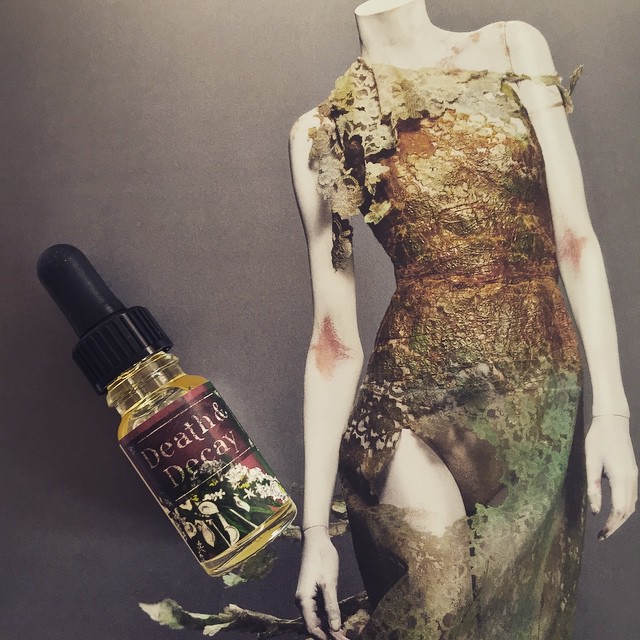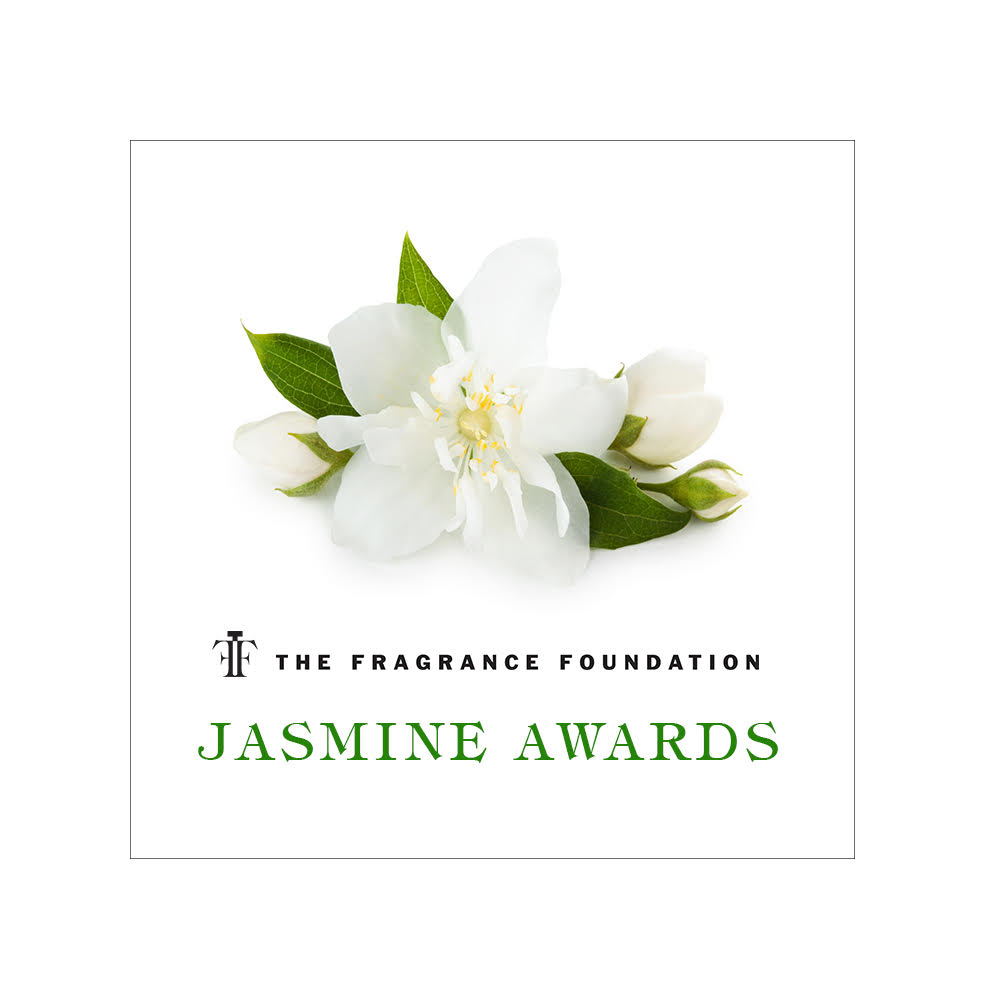
“You’ve got to know the rules to break them. That’s what I’m here for, to demolish the rules but to keep the tradition”.
– Lee ‘Alexander’ McQueen ¹
Whether one is a follower of fashion or not, it cannot be denied that the work of the late, great Alexander McQueen is art. McQueen paired exceptional tailoring (forged after an apprenticeship on Saville Row) with violence, romance and often alien beauty to create pieces that shook, and more importantly, challenged the world of fashion. Whether it be his early collection, ‘Highland Rape’, which had a name as controversial as its clothing, or the 3D printed and H.R. Ginger inspired ‘Alien’ footwear from ‘Plato’s Atlantis’, McQueen demonstrated that he was a fashion renegade – always courting controversy, but never losing sight of beauty.
This weekend I visited the Savage Beauty exhibition at the V&A in London. Running until 02 August 2015, the exhibit is a tremendous showcase of McQueen’s work, spanning his illustrious career from his MA Graduate Collection (‘Jack the Ripper Stalks his Victims, 1992) to his final, and incomplete collection (Autumn/Winter 2010). The whole thing is impeccably staged, with each room transformed to capturing the theme of each body of work. Perhaps the most captivating part of the exhibit is the ‘Cabinet of Curiosities’ – a room that spans two storeys and is filled with a dazzling array of pieces, from accessories such as bags, shoes and head pieces (many of which are collaborations with milliner, Philip Treacy), to gowns and metal spines. There’s simply so much to look at and the whole thing serves as a true testament to the talent, nay, the genius of one of the world’s greatest fashion designers.
Leaving the exhibition I felt incredibly inspired. It was fascinating to literally walk through the evolution of McQueen’s aesthetic, encountering the divine and the macabre along the way. There will never be another talent like his and to celebrate this stunning exhibition and body of work, I thought I would pick out some of my favourite McQueen pieces from his greatest collections, and ‘scent them’ with some perfumes that embody the spirit of these remarkable pieces of fashion. Here you’ll find some deeply intriguing clothing and scents, all of which are tailored to perfection and challenge one’s perceptions. They are works of fashion and olfactory art.

Scent, ‘Death & Decay, Simon & Mark Constantine for Gorilla Perfume, 2014
‘Highland Rape’ is one of McQueen’s earliest and most controversial collections. This is evident from the name, of course, which made a nod to the designer’s Scottish roots and commented on the Highland Clearances of the 19th century, but is also seen in the clothing, which saw models staggering down the catwalk (which was scattered with heather) in strategically-torn pieces, exposing their breasts and underwear. This is the collection that put McQueen on the map and showed him as a force to be reckoned with. It painted him as a rebel that was not afraid to shock, but one that was also incredibly respectful of the art of tailoring. With this collection, McQueen simply said that he wasn’t going to do it like anyone else.
The clothes were designed to confront, but also to portray the strength of women, rather than their fragility. To me, this brings to mind Gorilla Perfume’s extraordinary Death and Decay – a perfume that finds peace in the grotesque. What should be a devastating and dark blend showcasing the funeral-flower of lily, is actually quite serene and beautiful. There is greenery and freshness here, with a big smack of indole to boot, highlighting the beauty in the dark. Death and Decay captures the immediately light and ethereal nature of the lace dress pictured above, but it also sheds some light on the stinkier, grass and mud stained aspects of life. Aspects that are highlighted in the discolourations of the fabric. Both are though provoking and challenging pieces of work.

Scent, ‘Bombay Bling!’, Bertrand Duchaufour for Neela Vermeire Creations, 2011
East (Japan) meets West (America) was the theme of 2005’s ‘It’s Only a Game’, a show that was staged as a giant chess game, much in the same vein as the one seen in Harry Potter and the Philosopher’s Stone. Models wore American hockey equipment printed with motifs that appeared Japanese, and many of the looks, the one above included, looked as if they wouldn’t have been out of place as a character costume from a martial arts video game. McQueen re-invented the kimono many times during his career, with this pink ensemble being my personal favourite. Here, the traditional Japanese dress is shortened and the hips are widened (McQueen loved to experiment with the form) to create something sexy and eye-catching.
Visually, this modern, butt-kicking kimono makes me think of Neela Vermeire’s Bombay Bling!, a fragrance that is actually inspired by modern India, rather than Japan. That said, it’s not the birthplace of this particular scent that draws me eye, or nose for that matter, it’s the frenetic energy. Much like the McQueen piece, Bombay Bling! plays with something familiar (i.e. the ‘fruity floral’) and elevates it to something brand new and decidedly high fashion. Both are fun, feminine and completely awesome. If worn together, one may just might be able to whoop some serious ass.

Scent, ‘Portrait of a Lady’, Dominique Ropion for Editions de Parfums, Frederic Malle, 2010
‘The Girl Who Lived in the Tree’ took its inspiration from a fairytale conceived by McQueen, in which a tree-dwelling girl climbs down to Earth to marry her Prince and become a Queen. The collection is full of regal, ruby-red pieces that look as if they were made for members of the royal family, as well as some more punk-inspired garments. My favourite from the collection is the silk dress pictured above. That shade of red is mesmerising and the cut is almost elfin. There’s also a Raj influence to the border on the silk that hints at the exploits of the British Empire.
Ruby red opulence brings to mind only one fragrance – Dominique Ropion’s outstanding Portrait of a Lady for Editions de Parfums Frederic Malle. Boasting the world’s most ‘rouge’ rose note, this is a fragrance that I’m sure McQueen would have found to be suitably bold and buxom. Rose, raspberry and patchouli are tailored together impeccably to create a big, voluptuous skirt crafted from the finest of silks. Is Portrait of a Lady a fairytale? Maybe not. It seems far too grown up for that, but one thing is certain – it is the Queen of Roses.

Scent, ‘Black Orchid, Tom Ford, 2006
‘The Horn of Plenty’ was dedicated to McQueen’s late mother. It was also his penultimate complete collection before he died. Renewal was one of the key themes of the show. At the centre of the stage sat a pile of rubbish spray painted in black, including props from former shows. Subtitled ‘Everything and the Kitchen Sink’ the collection commented on “the excesses of fashion in a modern consumer age” ² and involved a wide variety of styles and models painted with gigantic, clown-like red lips.
Easily the most eye-catching piece from The Horn of Plenty was the black duck feather dress. In an act of therianthropy, the dress transforms the wearer into a bestial black swan that can bring a sense of melancholy as well as terror. The impact is gothic and over the top, much like the fragrance I have picked for it – Tom Ford’s Black Orchid. Black Orchid represents a richness and off-centre beauty that I feel is perfectly seen in the duck feather dress. Both are surprising at first, but when time is spent looking at, and sniffing them respectively, one notices the sheer beauty in the beast. There’s really nothing of which to be afraid, well, except those clown lips, of course, they’re terrifying.

Scent, ‘Womanty’, Fabrice Pellegrin for Thierry Mugler, 2010
Plato’s Atlantis was McQueens last complete collection before his untimely death in 2010. It’s also highly regarded as his magnum opus. The collection envisaged a world ravaged by global warming, where the sea has taken control and humans have adapted to living in the ocean. A new species took to the catwalk, which itself housed two robotic cameras as a nod to the digitalisation of the world (it was also live streamed in collaboration with fashion photographer Nick Knight’s SHOWstudio), in snake and sea-creature prints, with alien hairstyles and rocking some of the greatest shoes the world has ever seen. This was the season of the ‘Armadillo Boot’ (seen above) and fashion has never been the same since.
My favourite piece from Plato’s Atlantis is the jellyfish ensemble. The dress, leggings and signature armadillo boot are adorned with numerous iridescent enamel paillettes and altogether the impact is as bizarre as it is beautiful. It courts with futurism and whilst it looks completely at home on the runway, one knows that they’ll never encounter it in real life (let’s face it, you’re not going to see someone traipsing the milk aisle in Waitrose sporting this outfit any time soon). It’s a piece of fantasy that shows perfectly, how McQueen could take the startling and the bizarre, and transform it into the sublime.
To scent this piece, I’d pick the futuristic marine tones of Thierry Mugler’s Womanity (Fabrice Pellegrin; 2010) – a fragrance that pairs a challenging caviar accord, which is salty and bready, with milky fig and gushes of citrus air. Womanity doesn’t speak of any seascape that we know of on Earth, instead it paints the image of an alien ocean – one filled with exotic mermaids and delicious fig-soaked water. Bizarre, beautiful and one-of-a-kind, Womanity is the perfect compliment to McQueen’s most striking piece of work.
Disclaimer
Images my own – fragrances taken against the backdrop of fashion within the book Savage Beauty. Image 1 and ¹ via ‘Savage Beauty’ by Andrew Bolton. ² via ‘Alexander McQueen’ Edited by Claire Wilcox.

